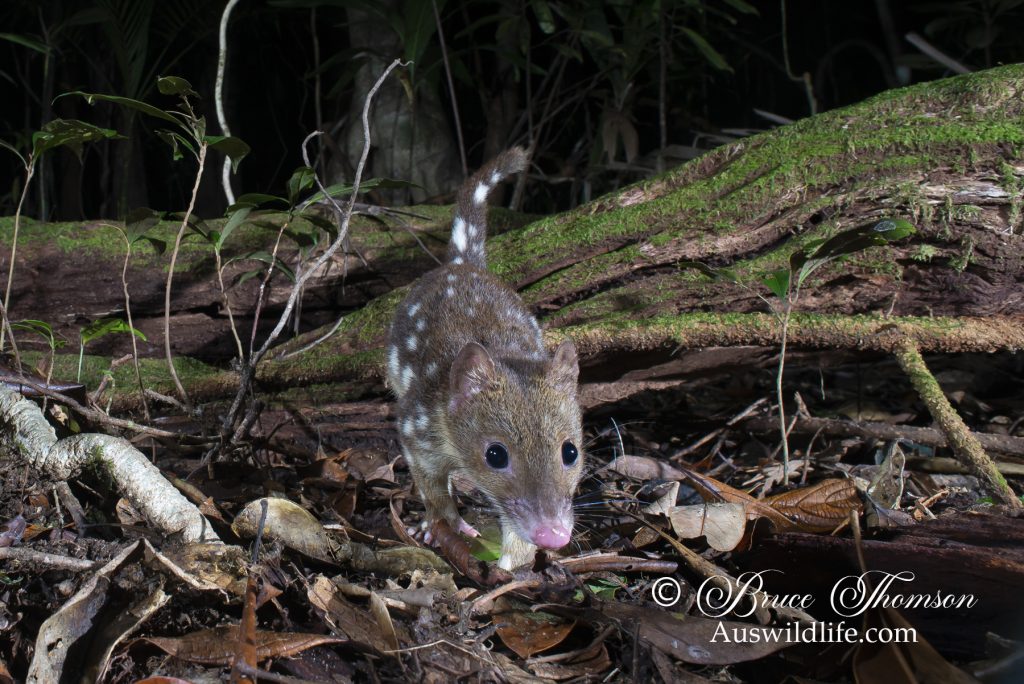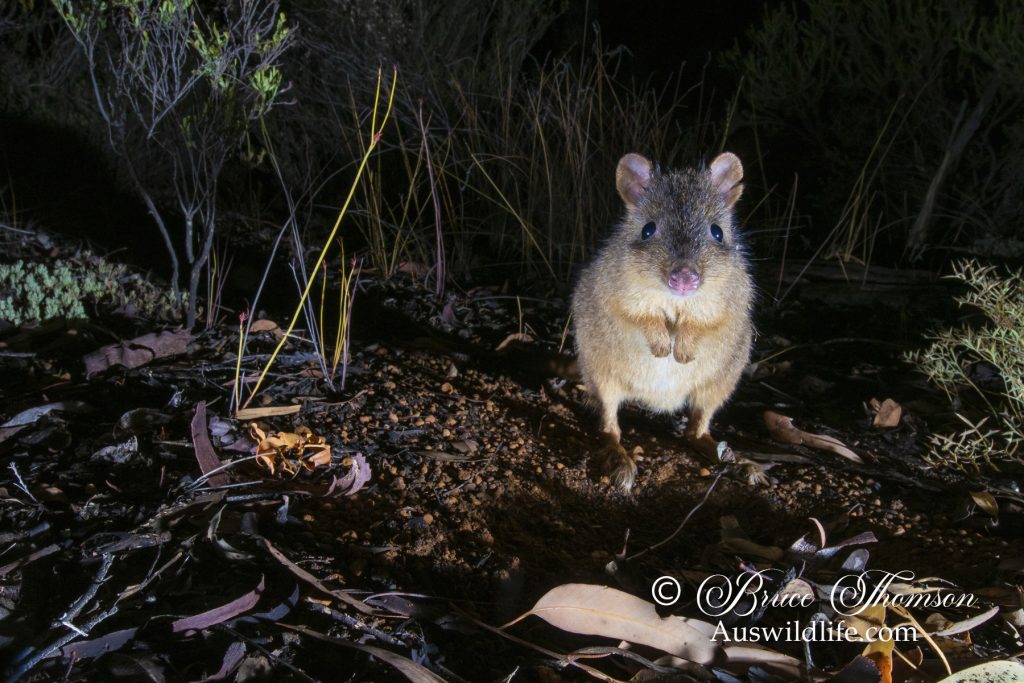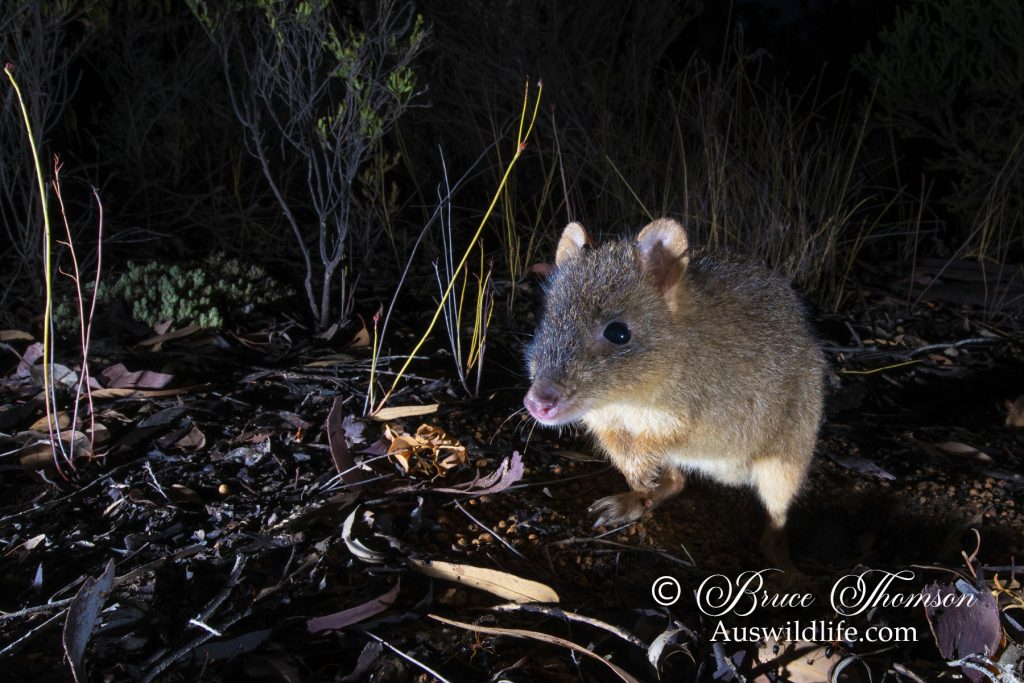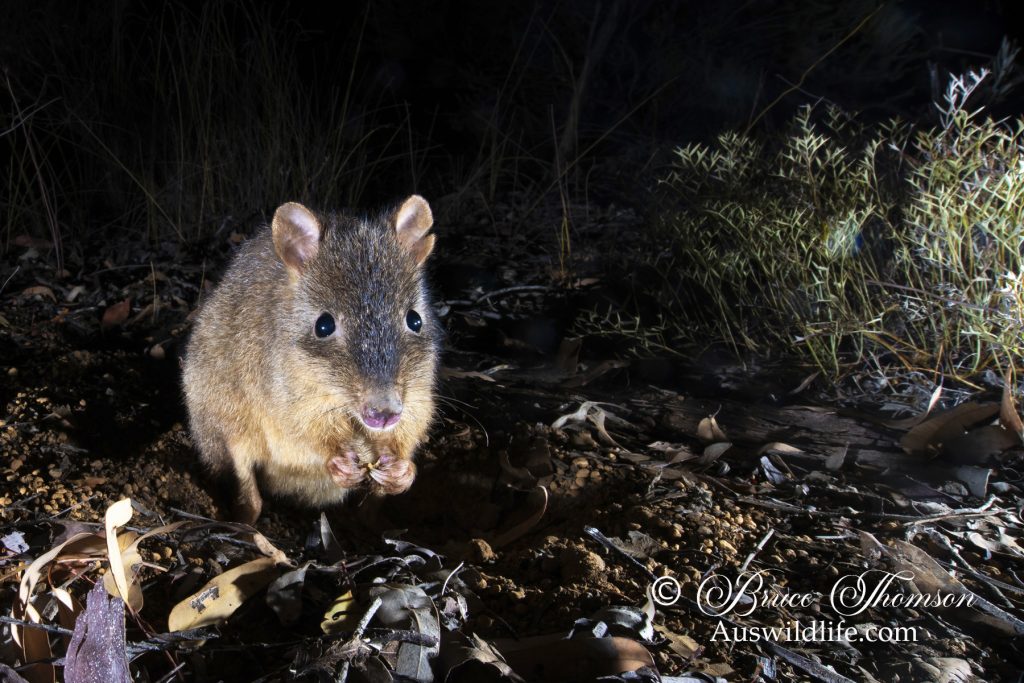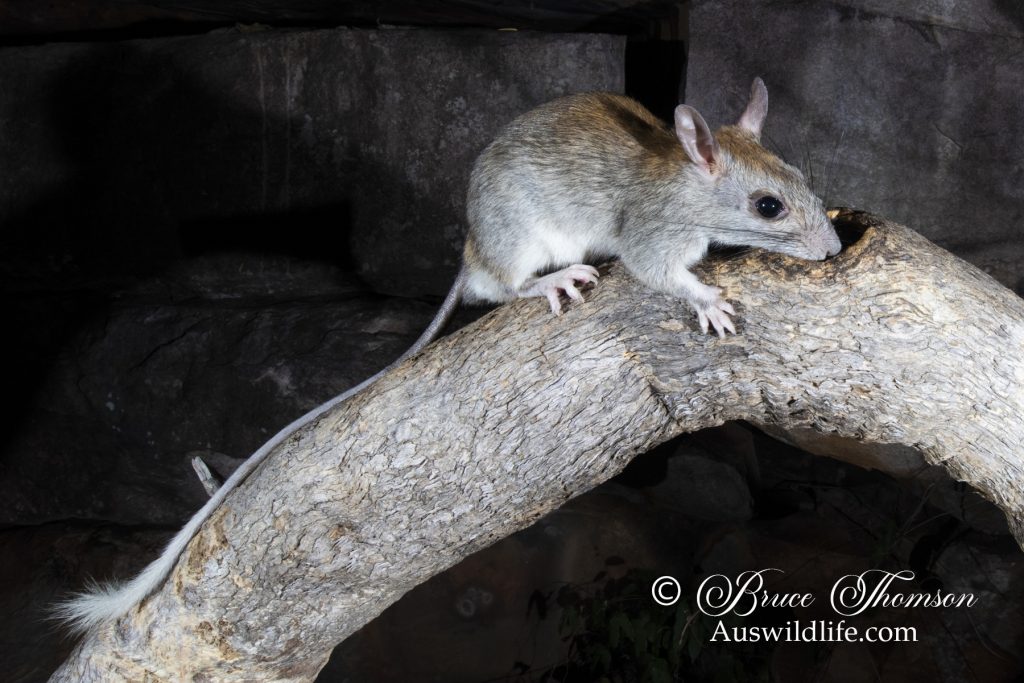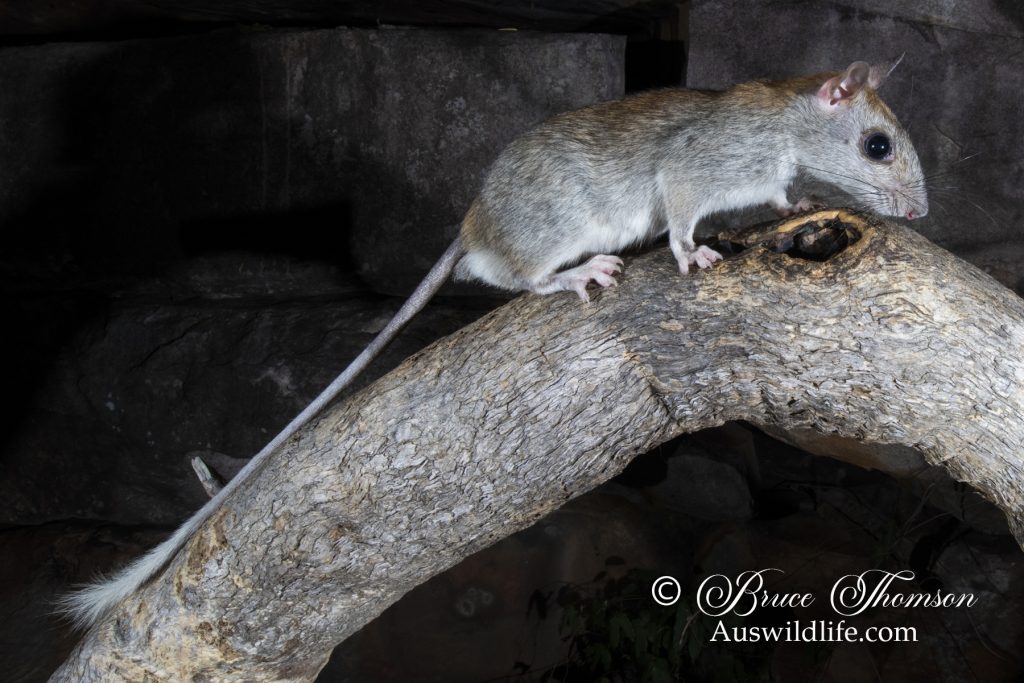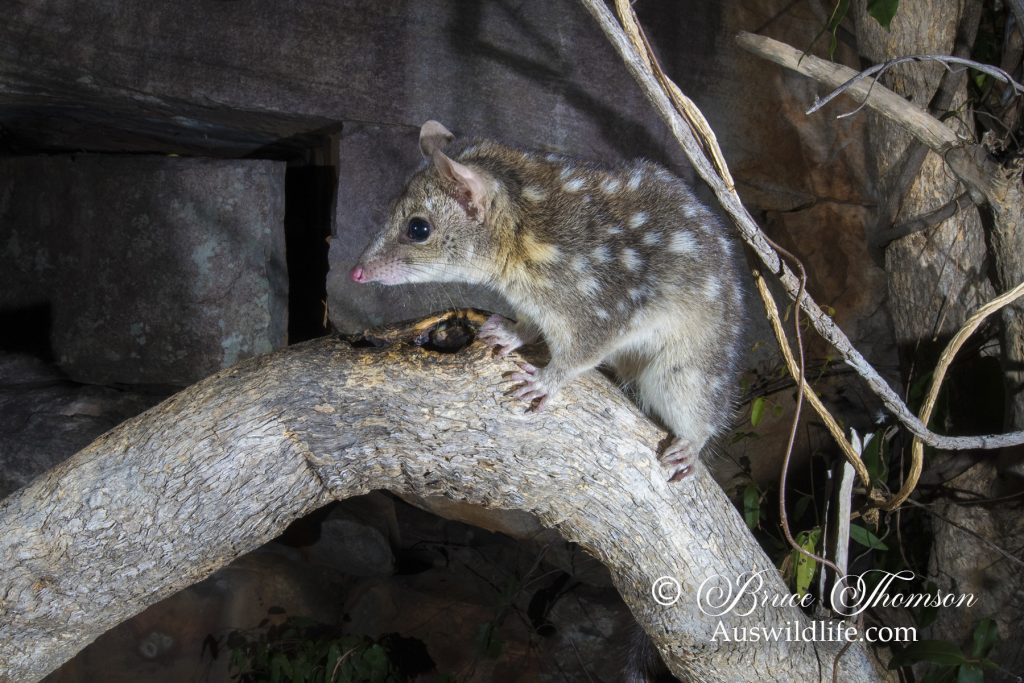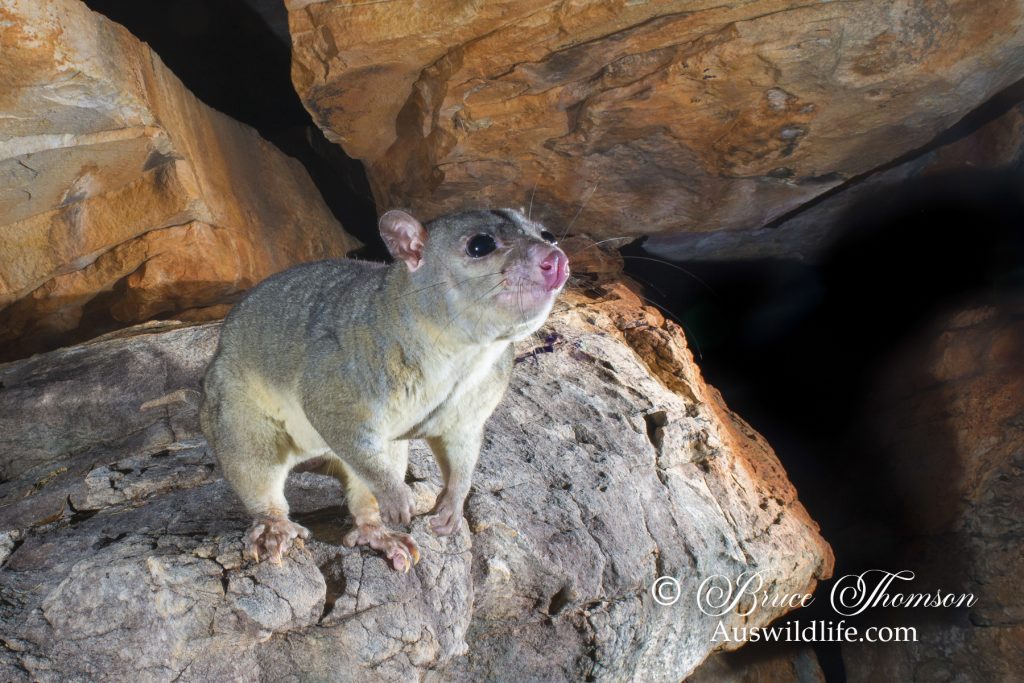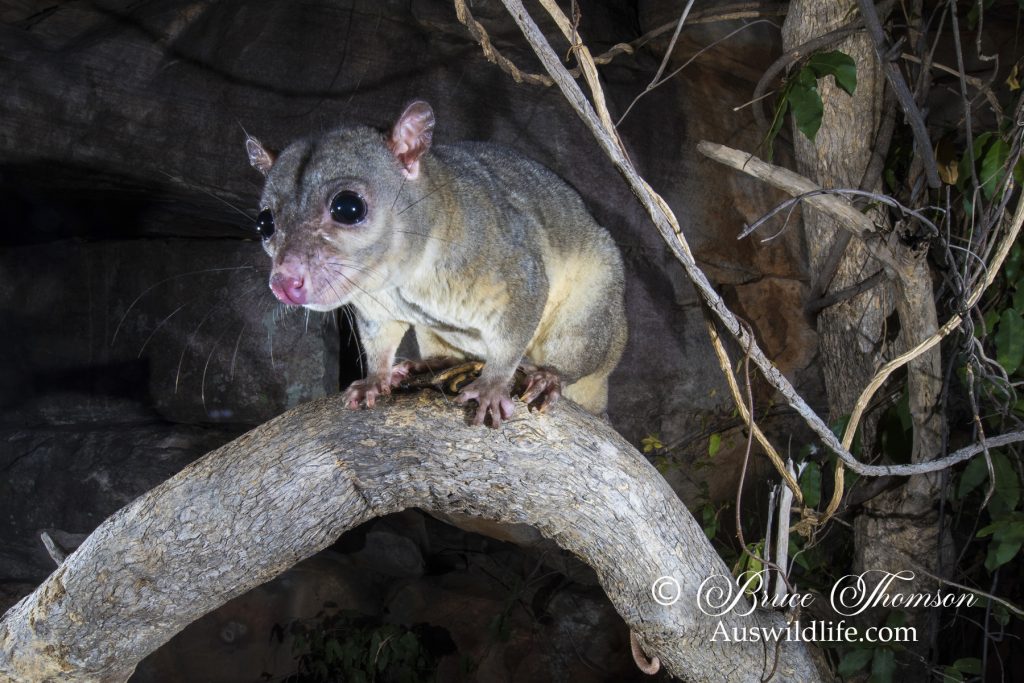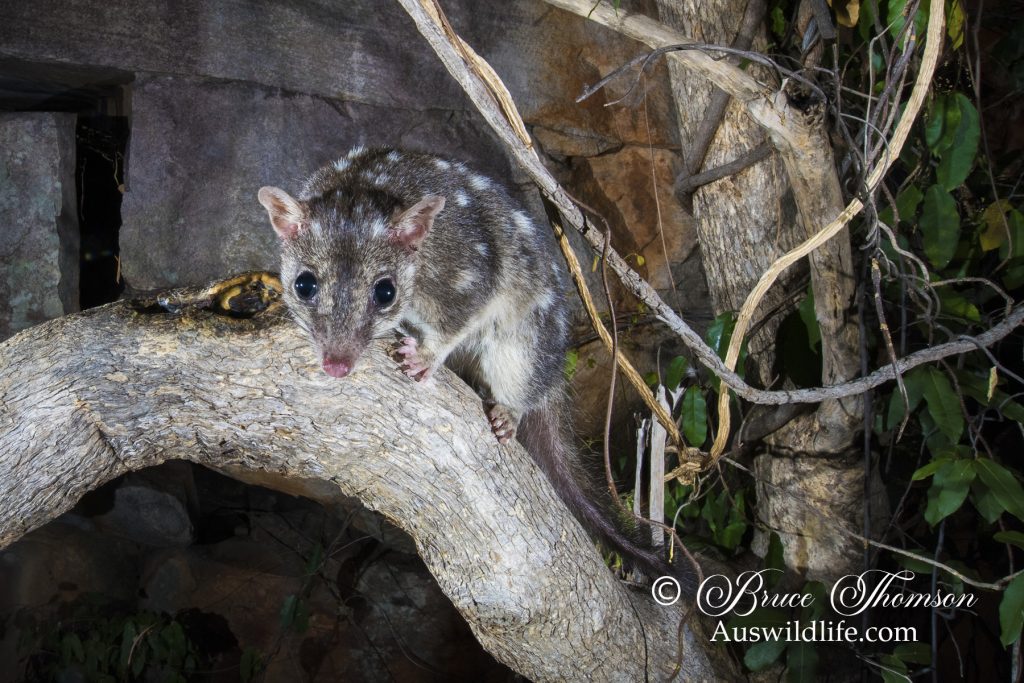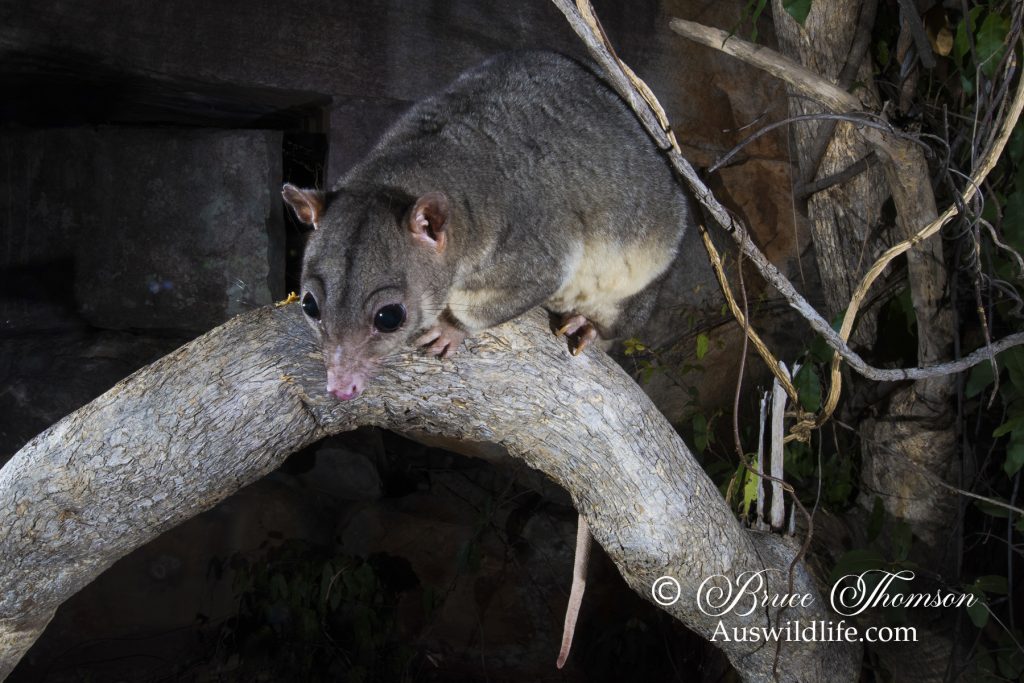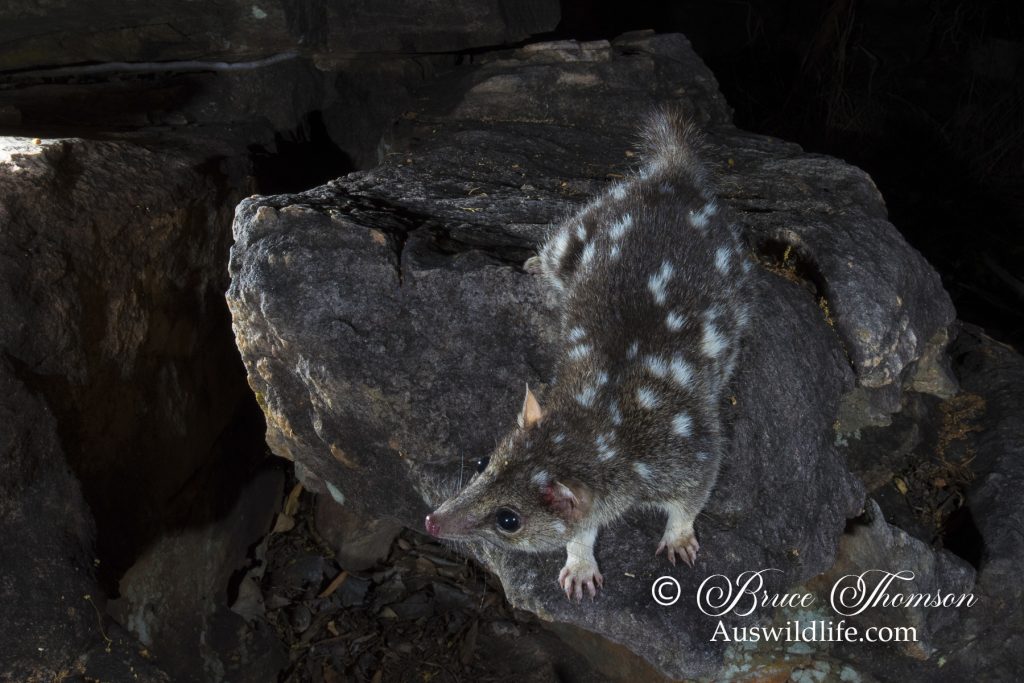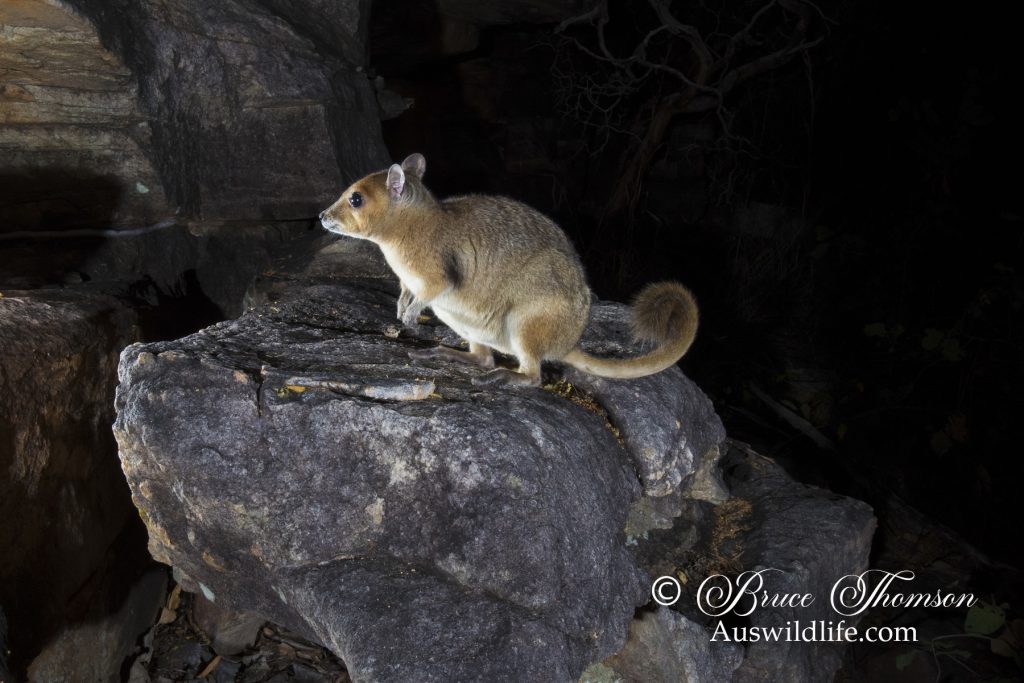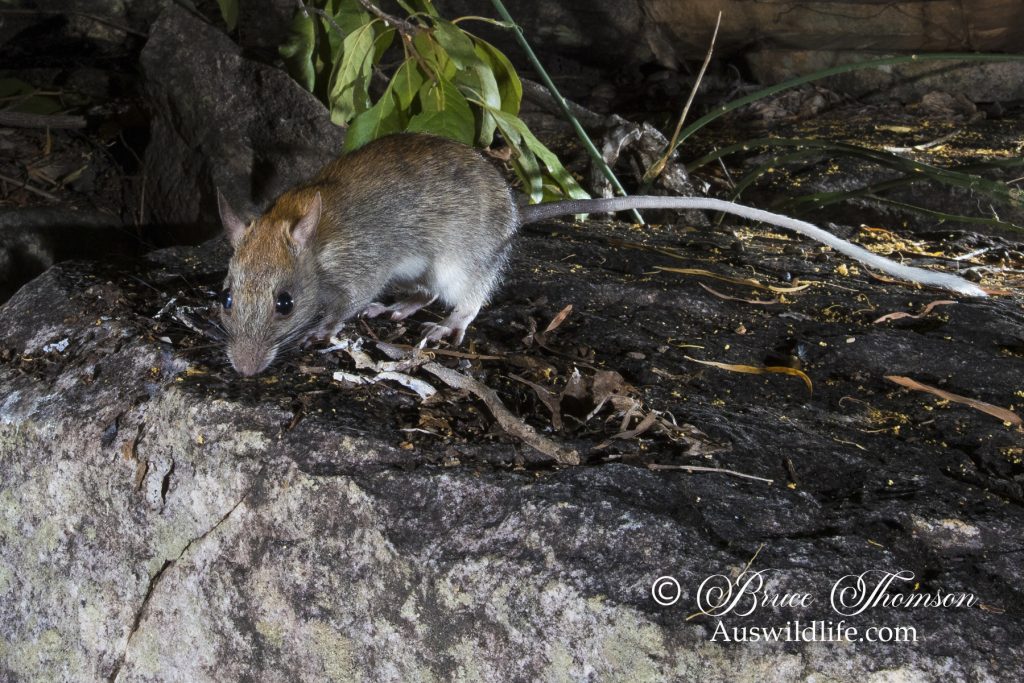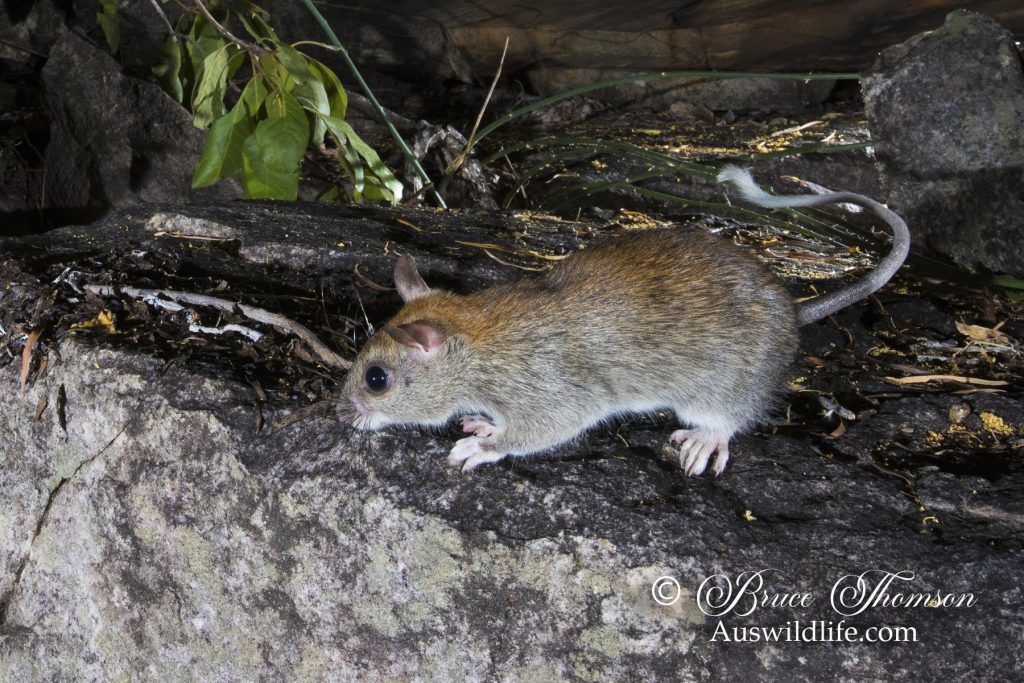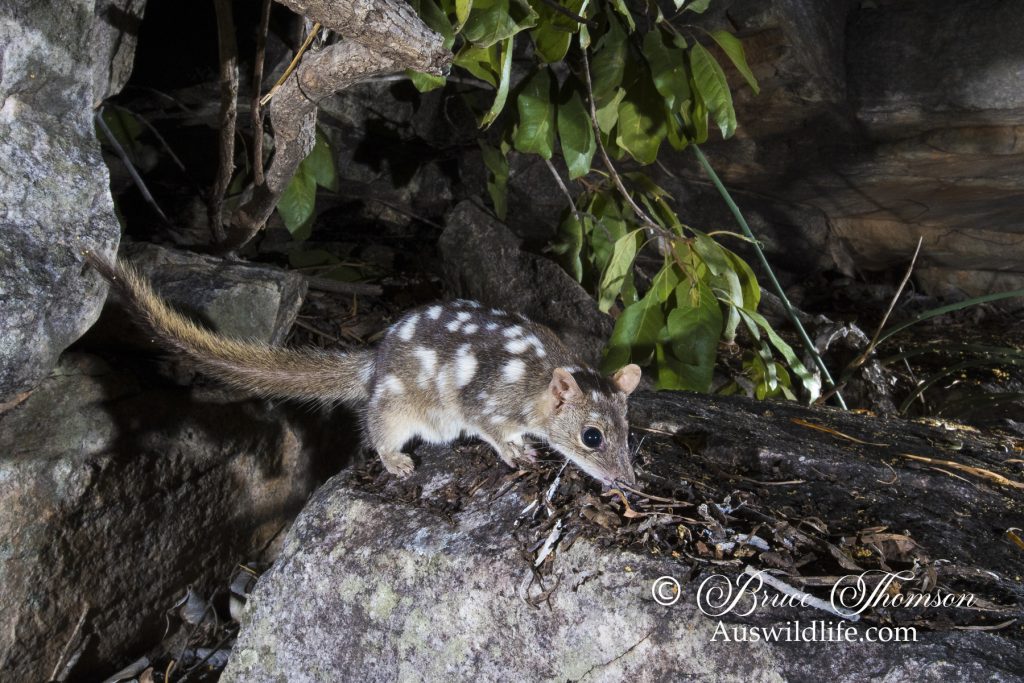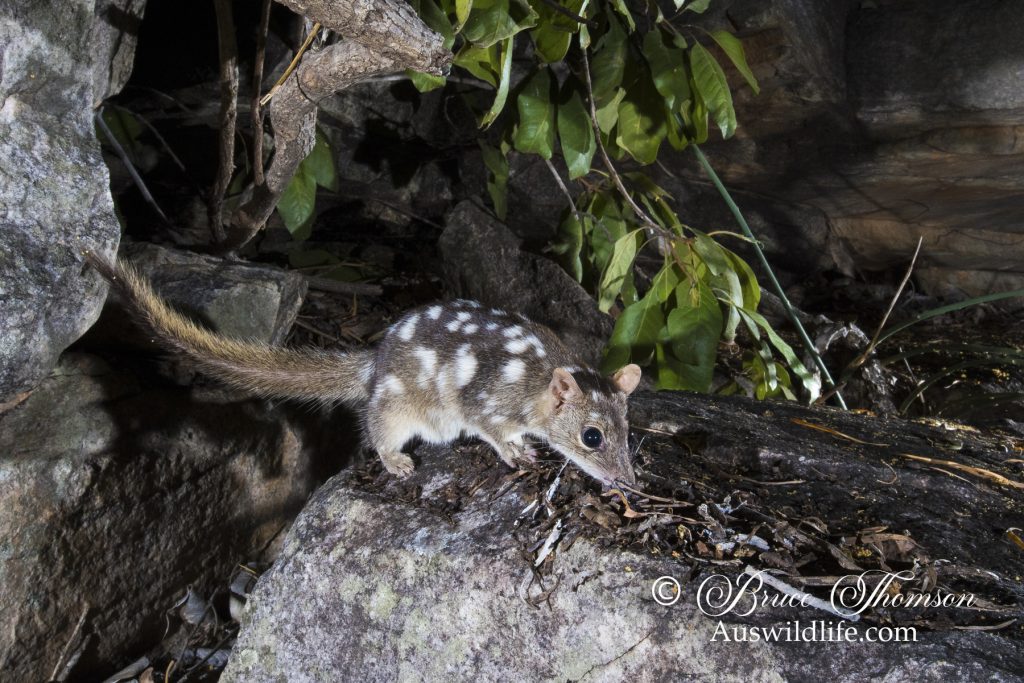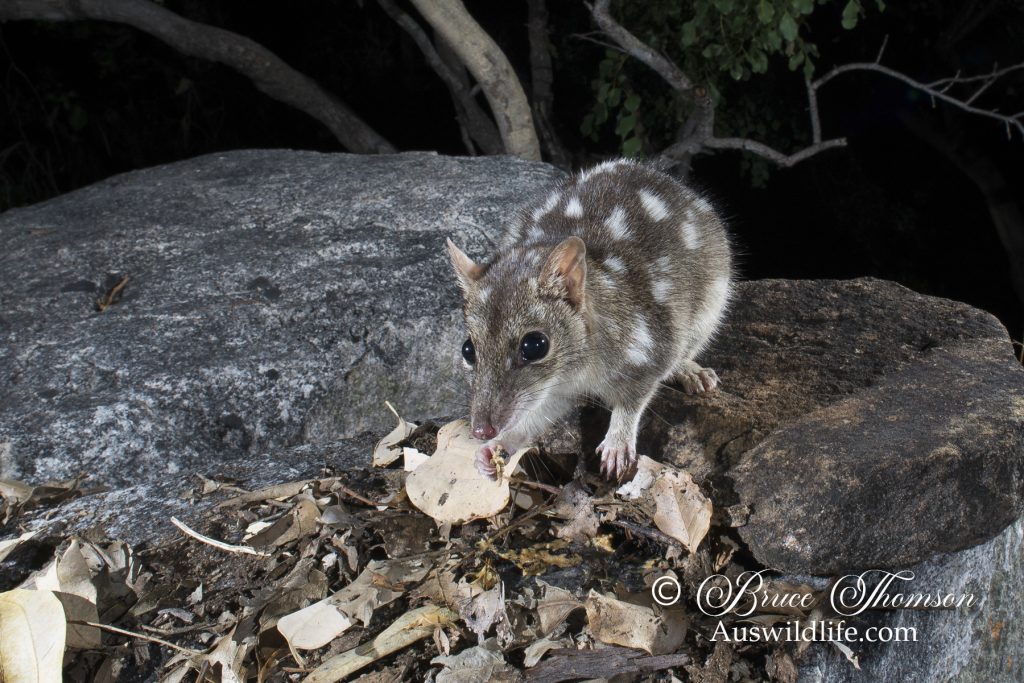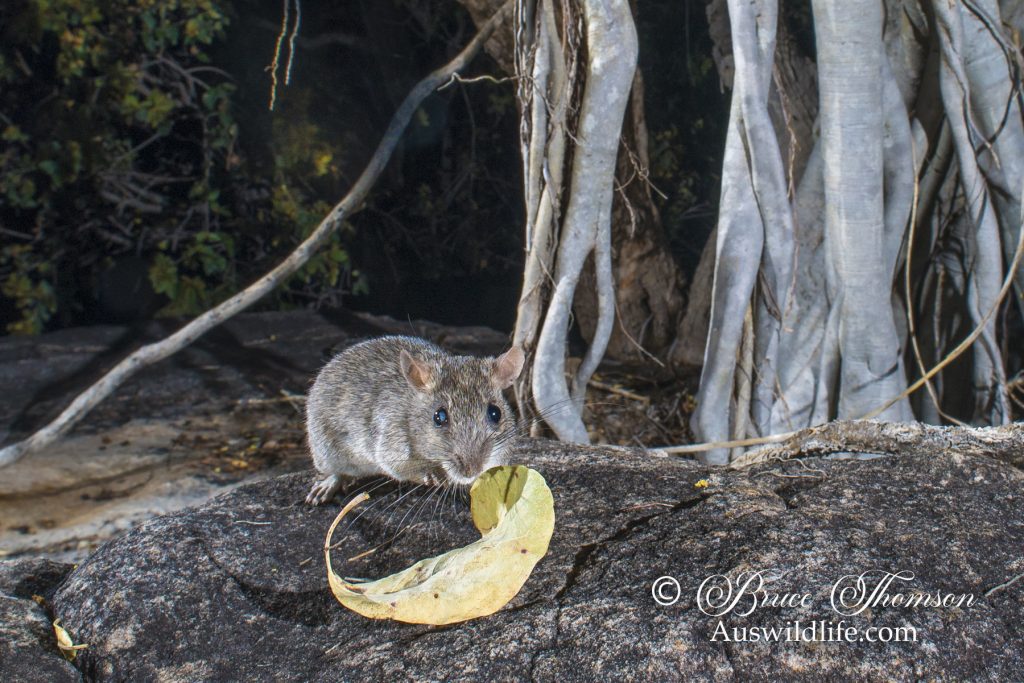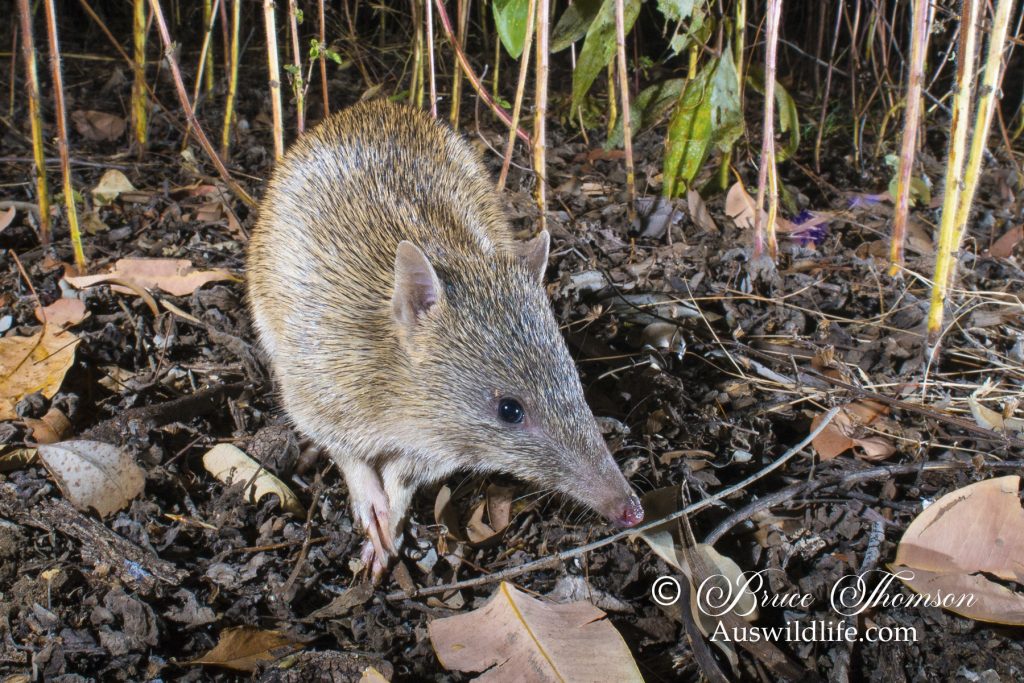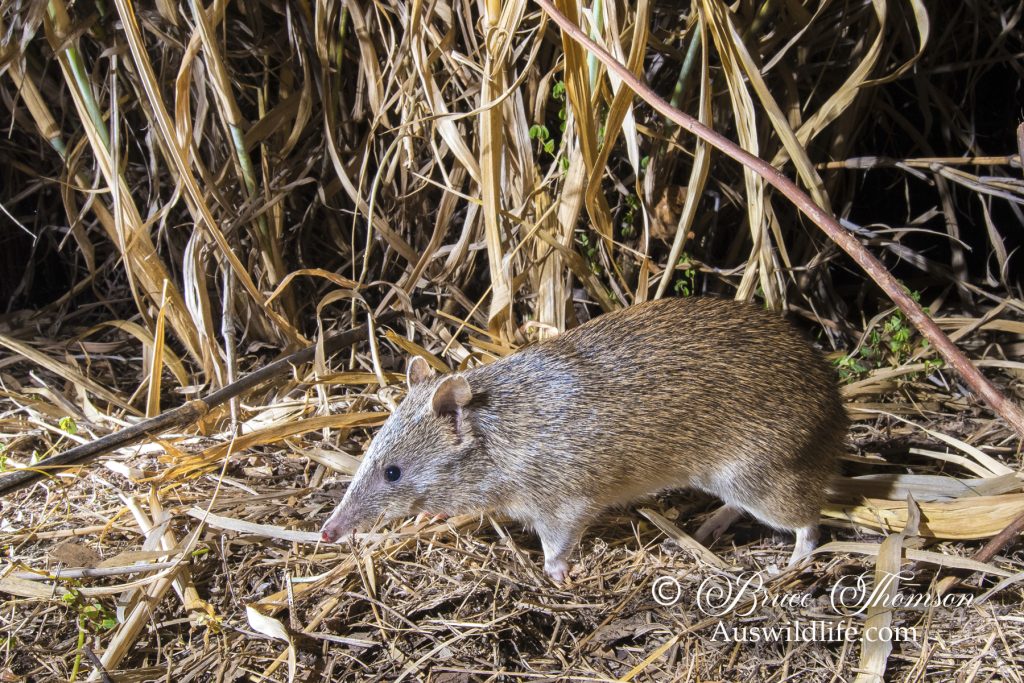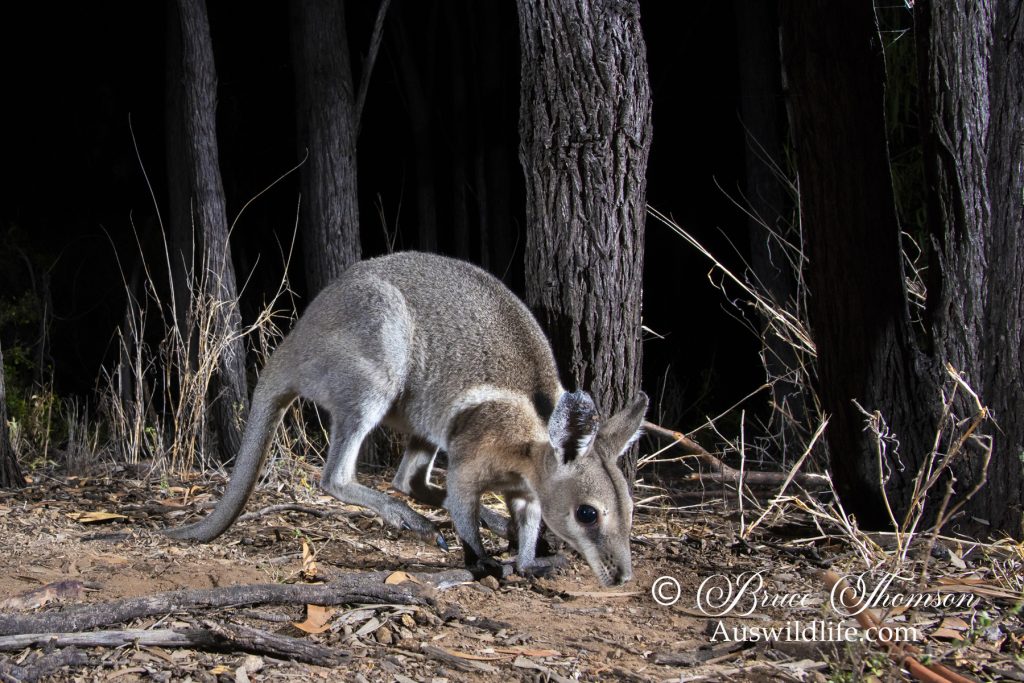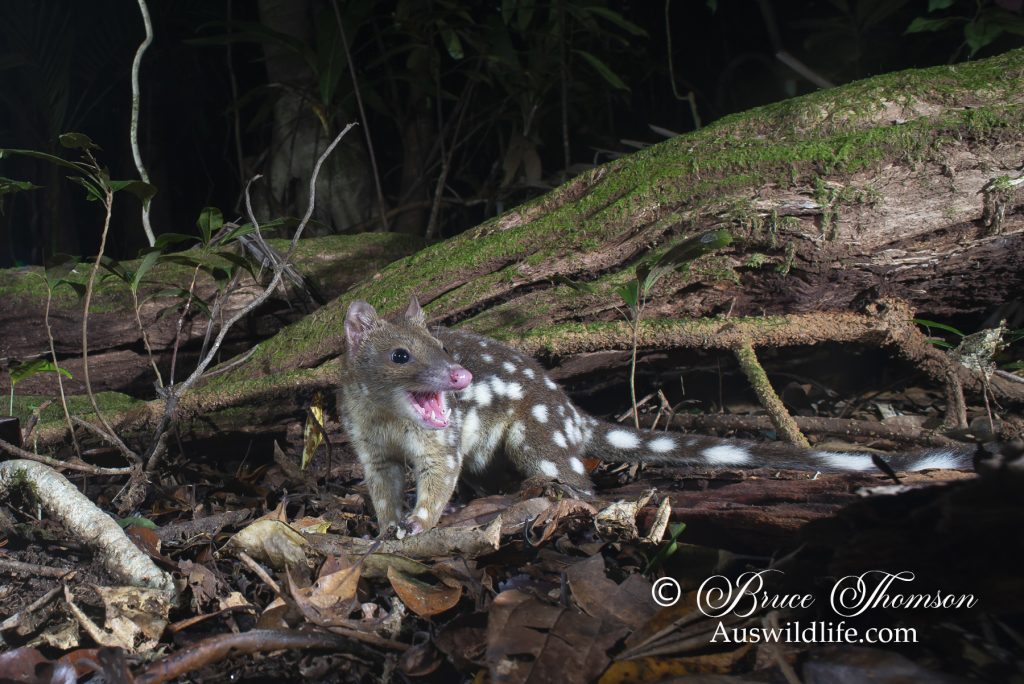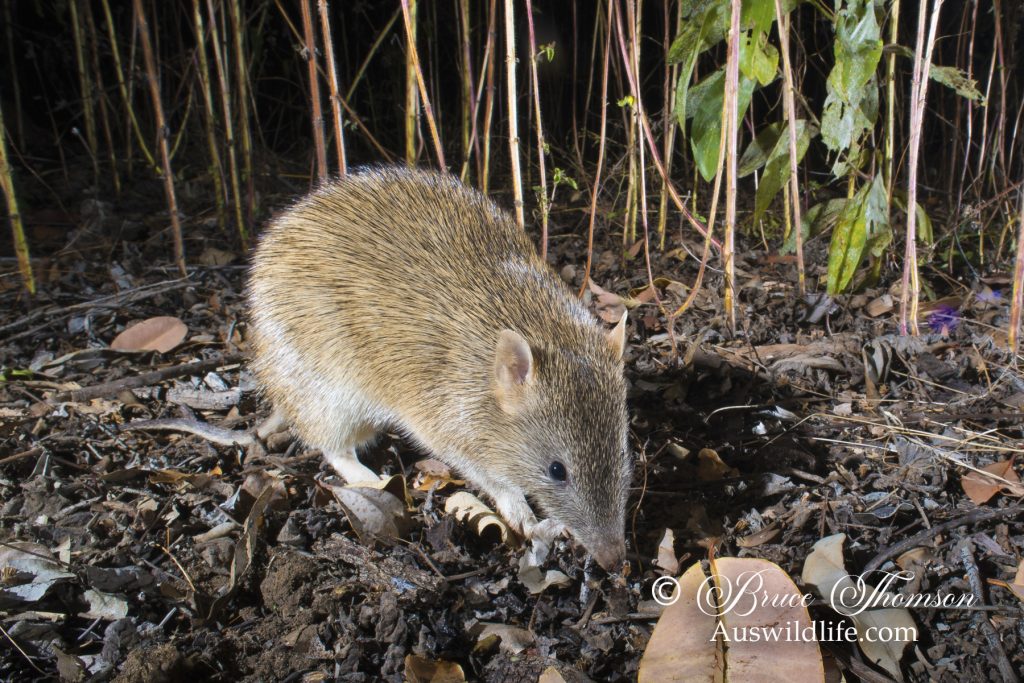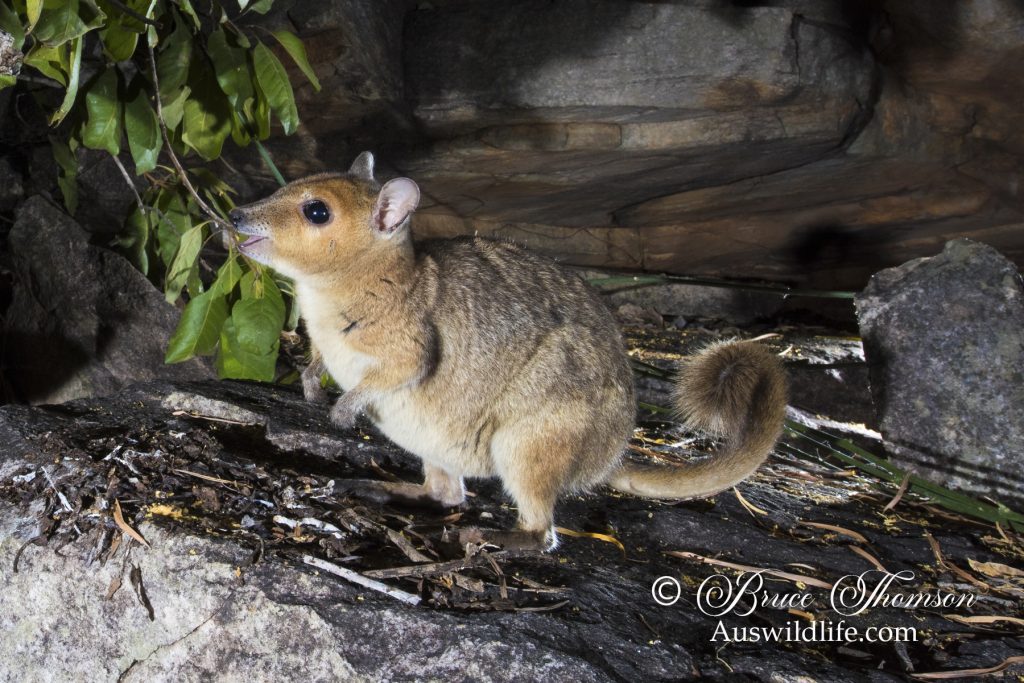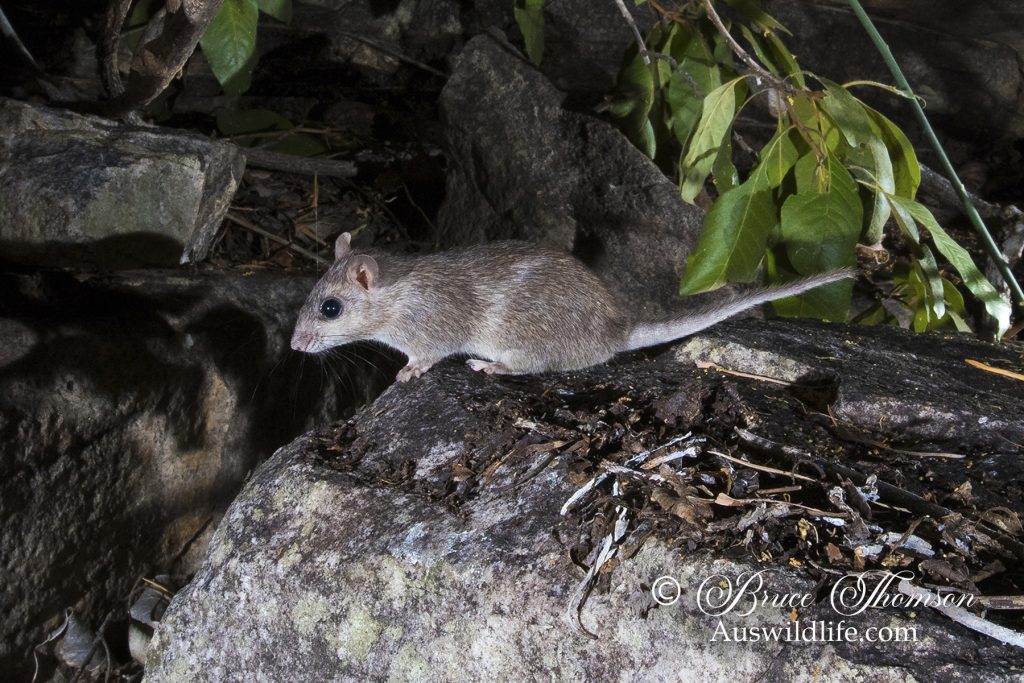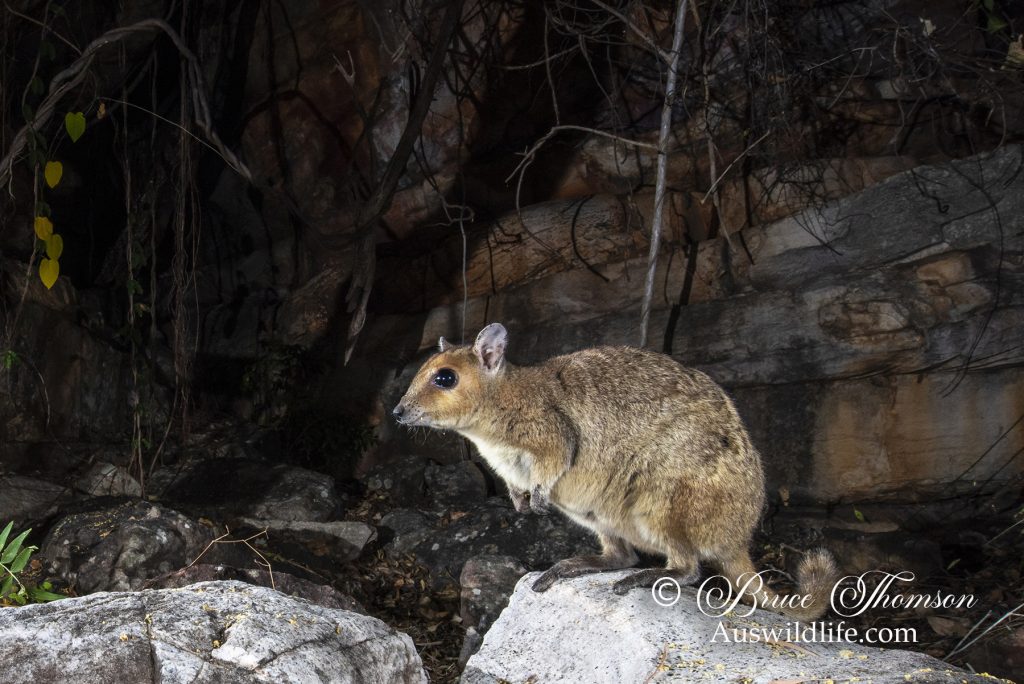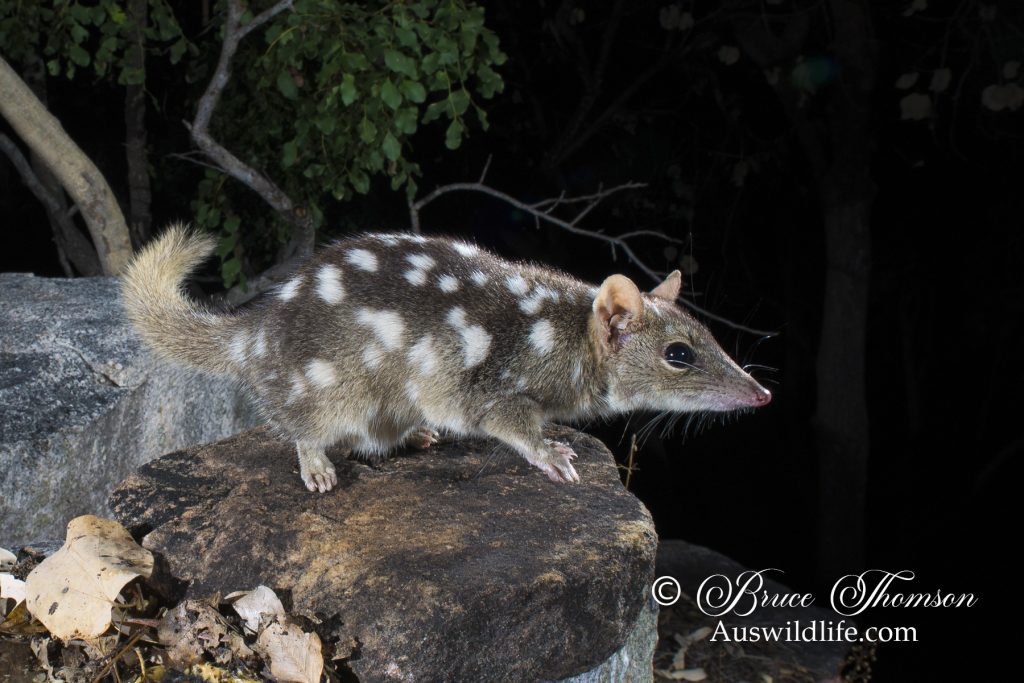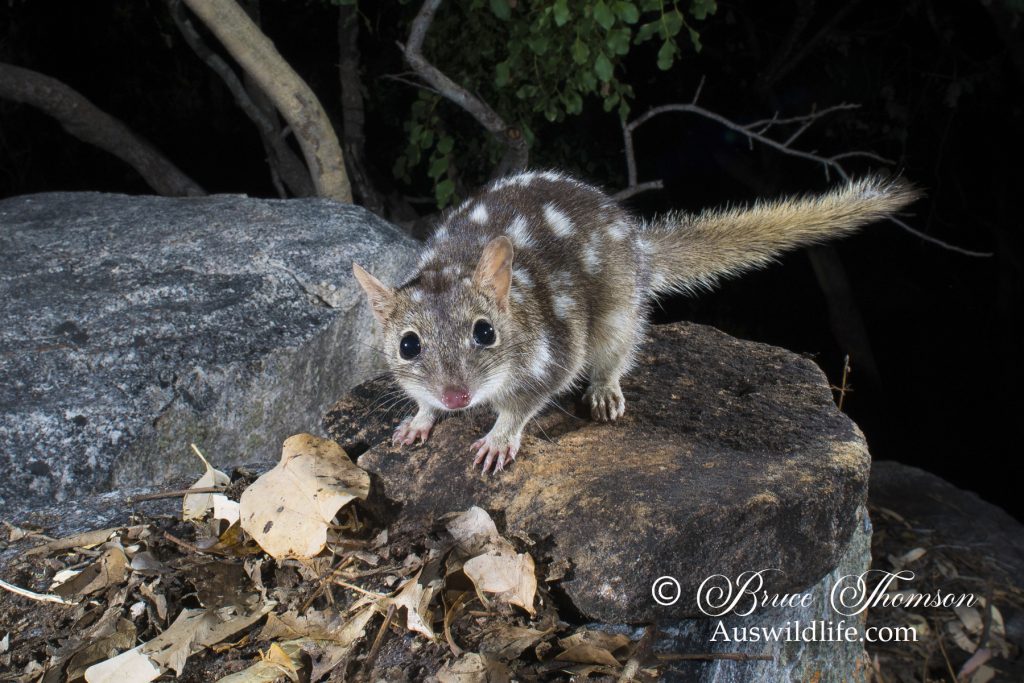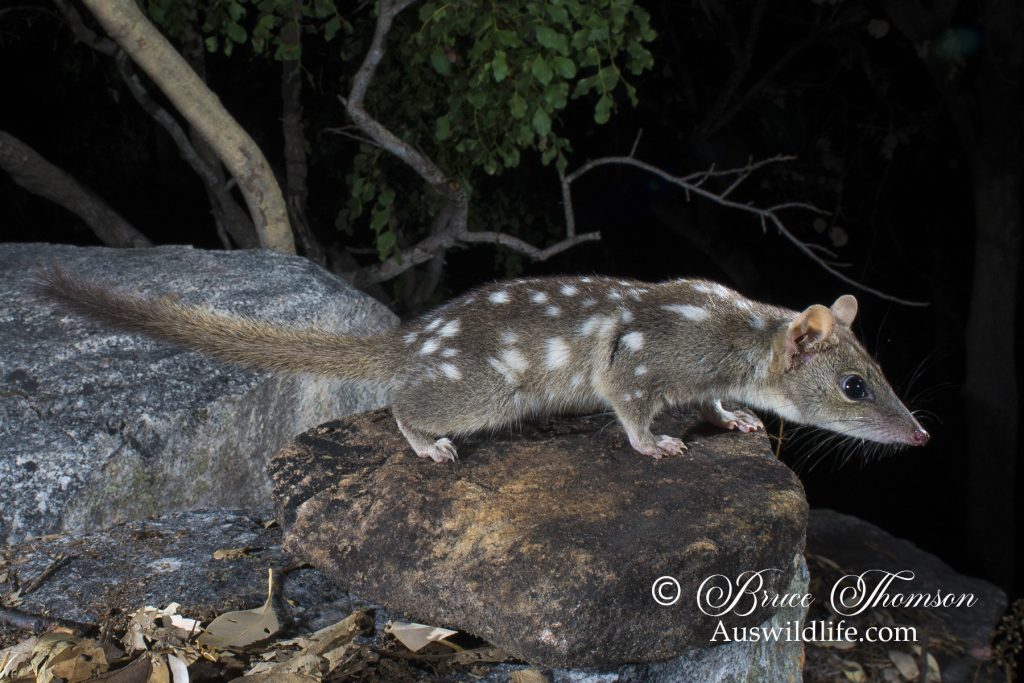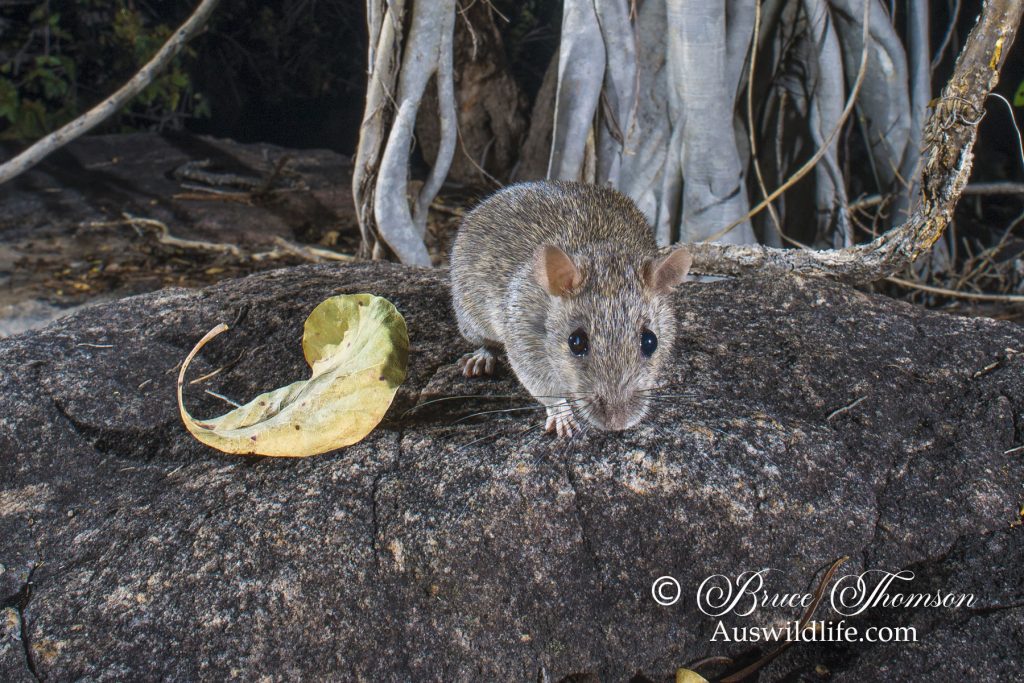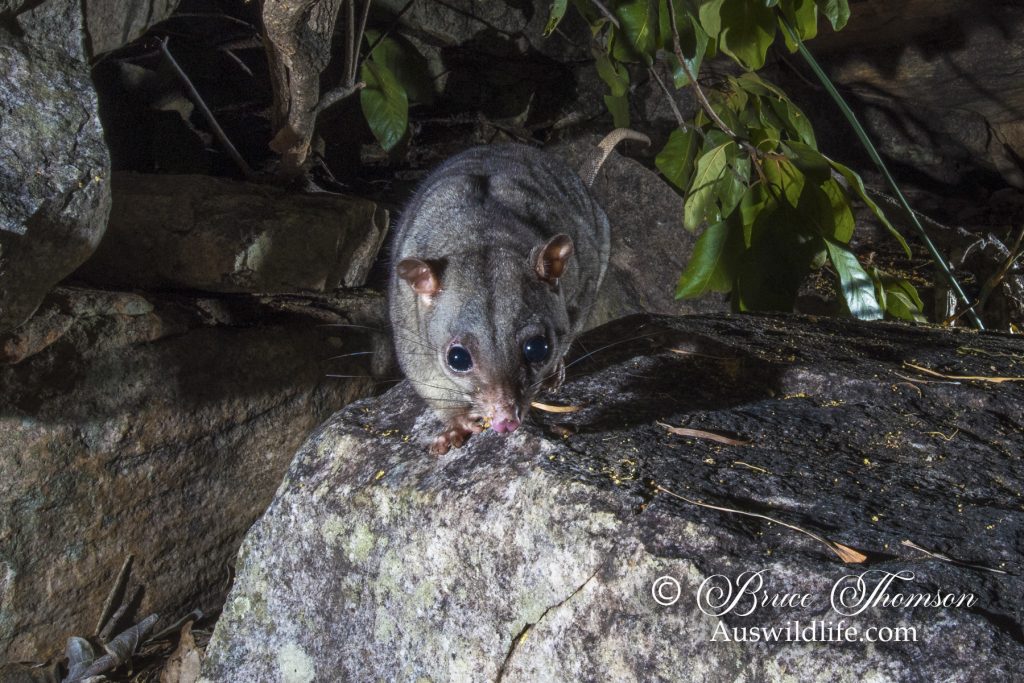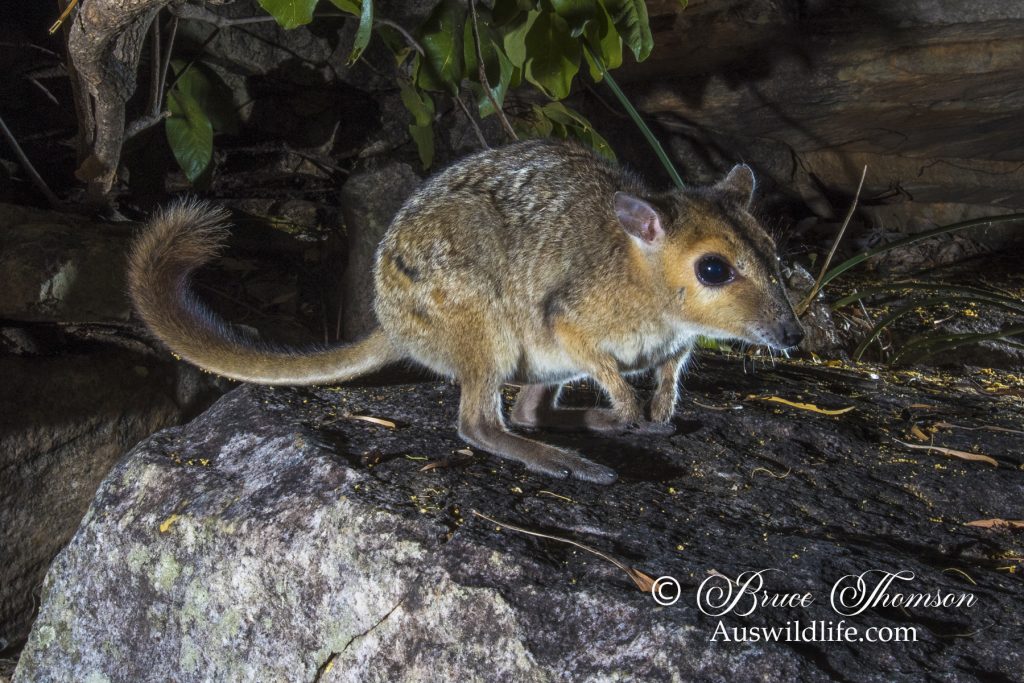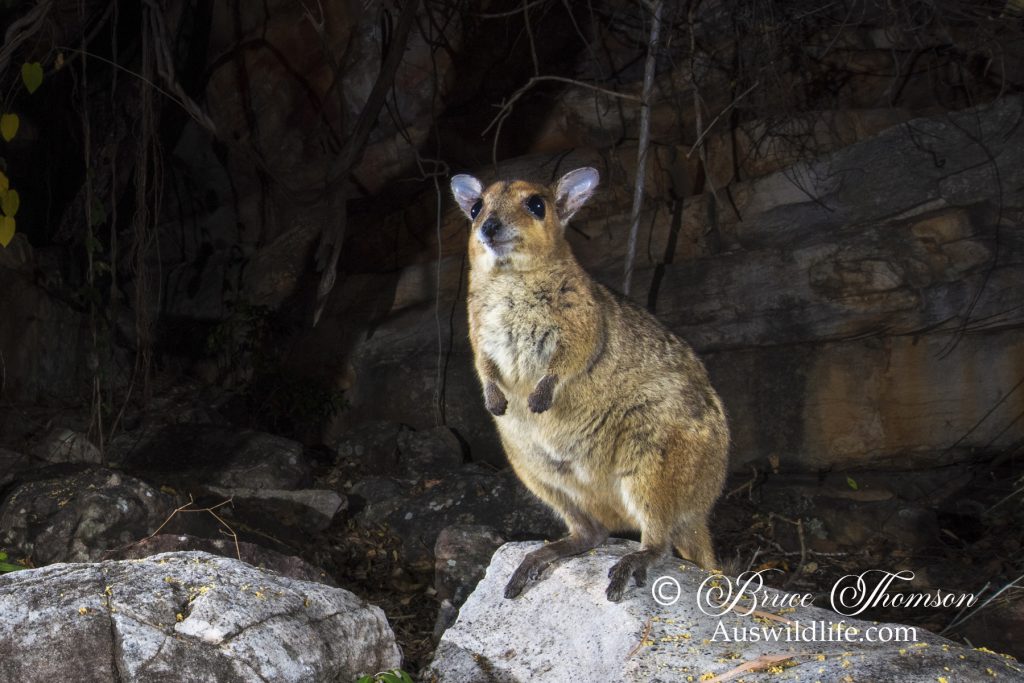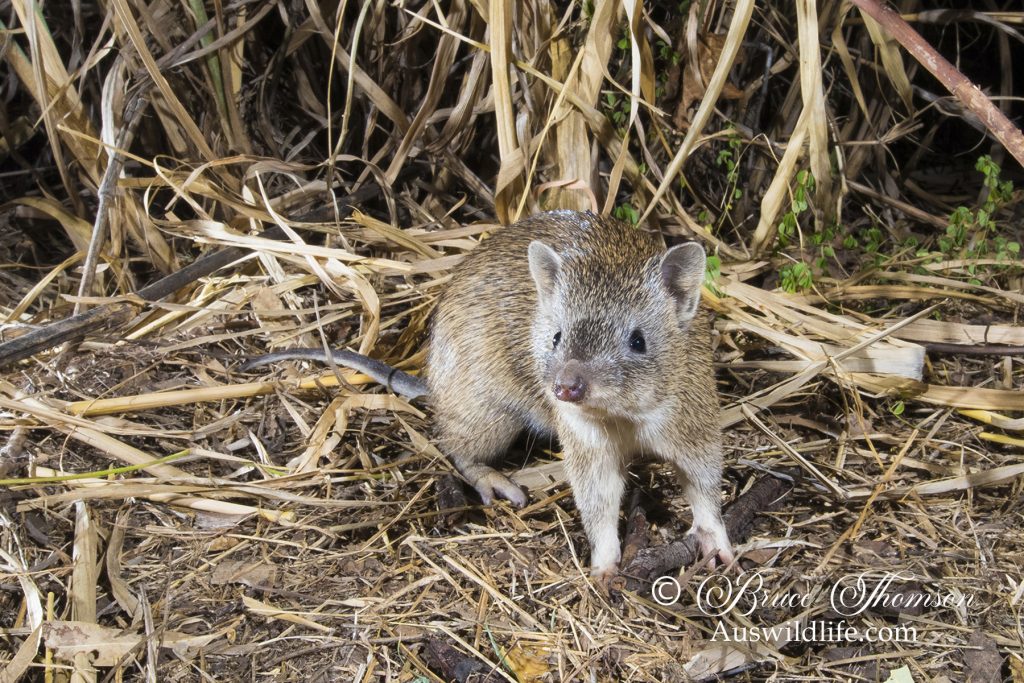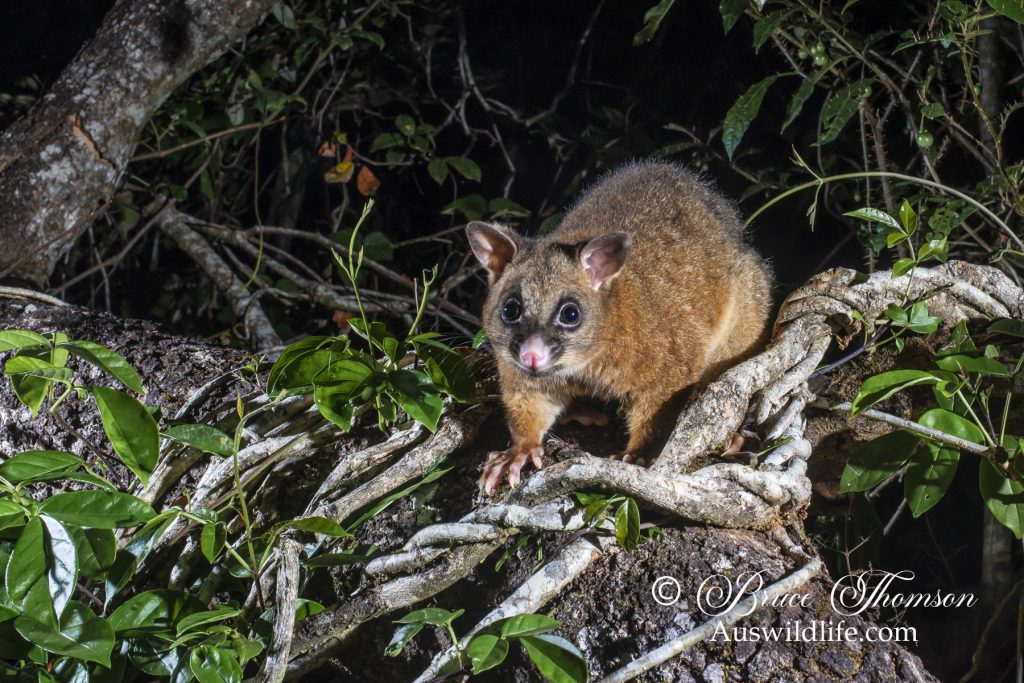Camera Trap Notes
Me, being somewhat 'old school', tend to look for components and build my camera trap systems from scratch. I first started looking at camera traps back in the days of film cameras but technology back then was rather rudimentary. My first camera trap image was a black and white shot of a wombat. I used a length of black cotton across the track and connected it directly to the external lever of my old Kodak Retina 1B (hoping the cotton would break on contact, but good enough for one picture). The flashes were old bulb units and exposure time was a 1/30th second since that's how long it took for their bulbs to burn to their brightest intensity.
But enough of this! The best resource that I have found that deals with camera traps with current technology is the Camtrapper forum - link below. There are a number of pinned subjects by TRLcam that take you through a basic setup. The TRLcam setup uses a PIR that is sourced from someone who appears to be no longer selling the units! No doubt someone in the Camtrapper forum will be able to help. You will need to register to access images and all the features of the forum.
The thing I like about these little sensor units is that they use a simple Picaxe chip that you can program yourself with a very basic amount of extra equipment from your computer. So that means that you have complete control over everything that happens from the moment the PIR detects something and triggers. So if you need to add three seconds from detection to first trigger to allow time for flashes to charge up, you can. You can even set your camera on 'TIME" exposure mode and get the chip to run a time exposure for a far longer time that the camera would normally provide for in it's standard menu.
SOME IMPORTANT POINTS that might not be apparent from the forum:
Use the parts as recommended in the forums! The best flashes are the Nikon line that includes the SB28. This particular model is often chosen because of its cheapness, but they don't always appear to be cheap theses days. Shop around. The great feature with these flashes is their dormancy mode that can conserve batteries for a very long time and then re-activate quite quickly when triggered. You will find that if you stick to the recommended items when building a system, you will sidestep a lot of technical problems along the away. Any extra cost in sourcing the right gear for the job is absolutely worth it.
Water-proofing your system by building an air tight set of containers is often critical. You would be amazed at how quickly a little bit of moisture can short batteries and cause your system to fail. I always carry silica gel and use sachets of it to include in the housings if the weather looks a bit rainy or if humidity is high. This can be more important that you might at first appreciate!
Bushcraft and animal tracking - maybe the most important part of the whole process! It can only be acquired through many hours of watching wildlife and understanding how various species move in the landscape. If you have been watch movies, you might think that animal tracking involves the following of animal tracks. It is certainly not. It is you placing yourself in the animal's psyche and learning to see as they do, so you can anticipate a posture or a pose, plus the ability to plan your composition around that understanding. But it's great fun and an unreal challenge! Go for it, but don't expect results overnight.
Camtrapper forum - DSLR and Mirroless Camera Traps
